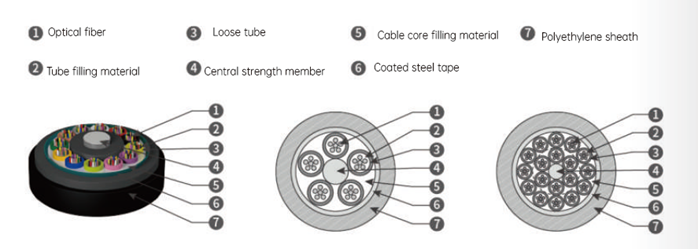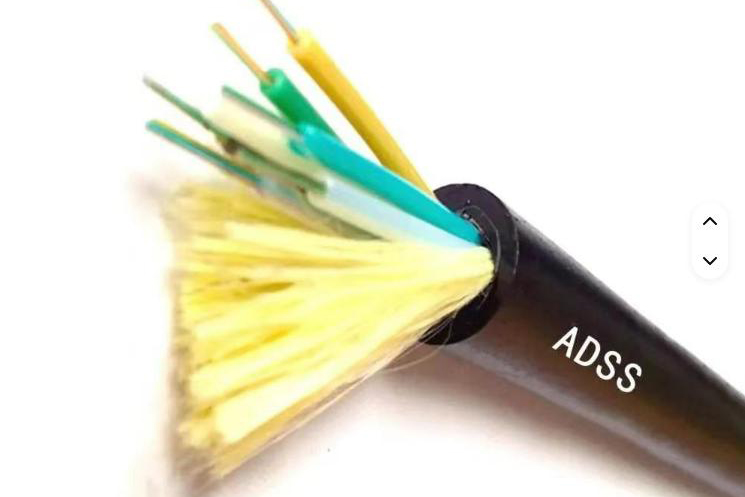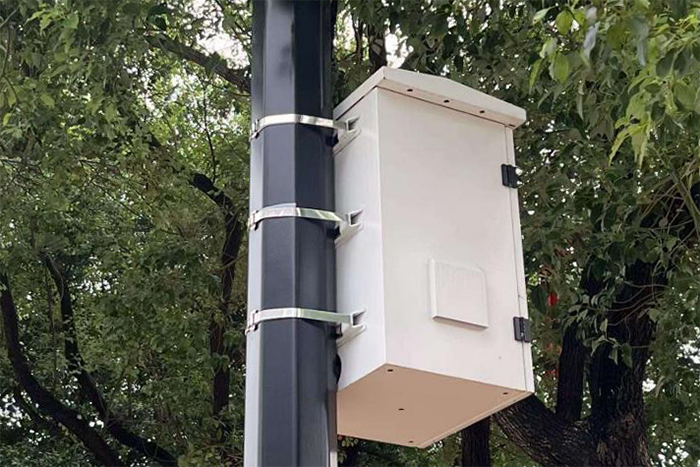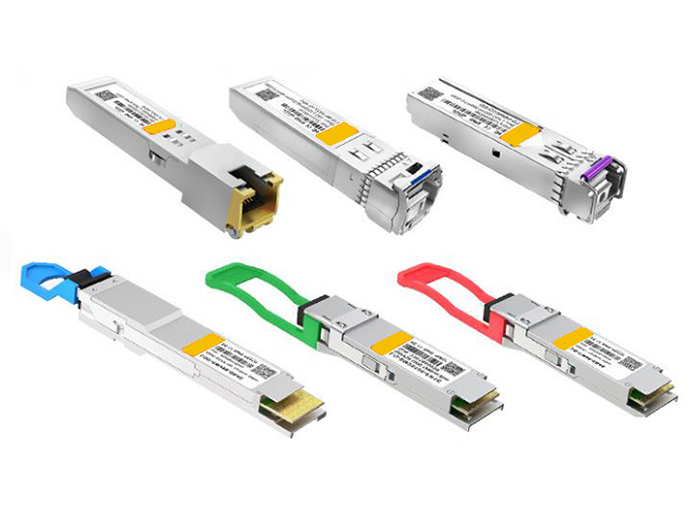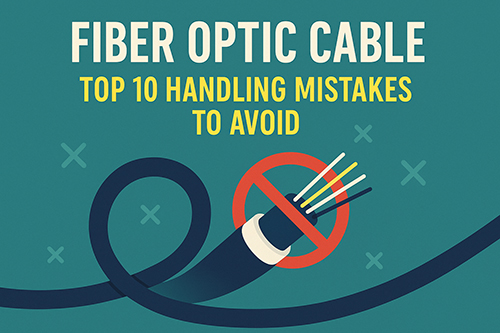
Technical Advantages of High-Performance Optical Hybrid Cables
Introduction
The world around us is growing more digital every day. People and businesses depend on fast internet and steady communication links to keep things running. Optical hybrid cables have become important. They combine optical fibers and electrical conductors in one unit. This blend makes for a strong, versatile cable that meets today’s network needs. In the sections that follow, we look at the benefits that these cables offer. With the right understanding, readers will see how these cables boost network performance and longevity.
Read more: Optical Hybrid Cables: A Comprehensive Guide
1. Superior Mechanical Performance
High-performance optical hybrid cables offer impressive strength. One standout feature is the high-strength armor design. Engineers build these cables with a double-layer precision steel armor. This extra protection keeps the inner parts safe from physical stress. In simple terms, the cable not only flexes and stretches well but also holds up against the bumps and knocks of everyday use.
In many urban installations, cables encounter roadside vibration and heavy equipment. With both excellent tensile and compressive strength, these cables stay reliable even when laid under busy roads or in rugged terrains. For example, in a city with heavy truck traffic, a robust cable means fewer repairs and steady service over time.
2. Exceptional Temperature Stability
Another merit of optical hybrid cables is their ability to run in extreme temperatures. Be it a cold winter morning or a hot summer afternoon, these cables keep transmitting signals efficiently. They work well from freezing conditions to very high temperatures.
This temperature resilience is thanks to the careful selection of heat-resistant materials during manufacturing. Such materials help keep the cable in top shape despite quick shifts in ambient conditions. In practical cases, when cables are exposed to intense sunlight or winter chills, users still get a clear, uninterrupted signal. This gives network managers one less thing to worry about.
3. High-Efficiency Data Transmission Capability
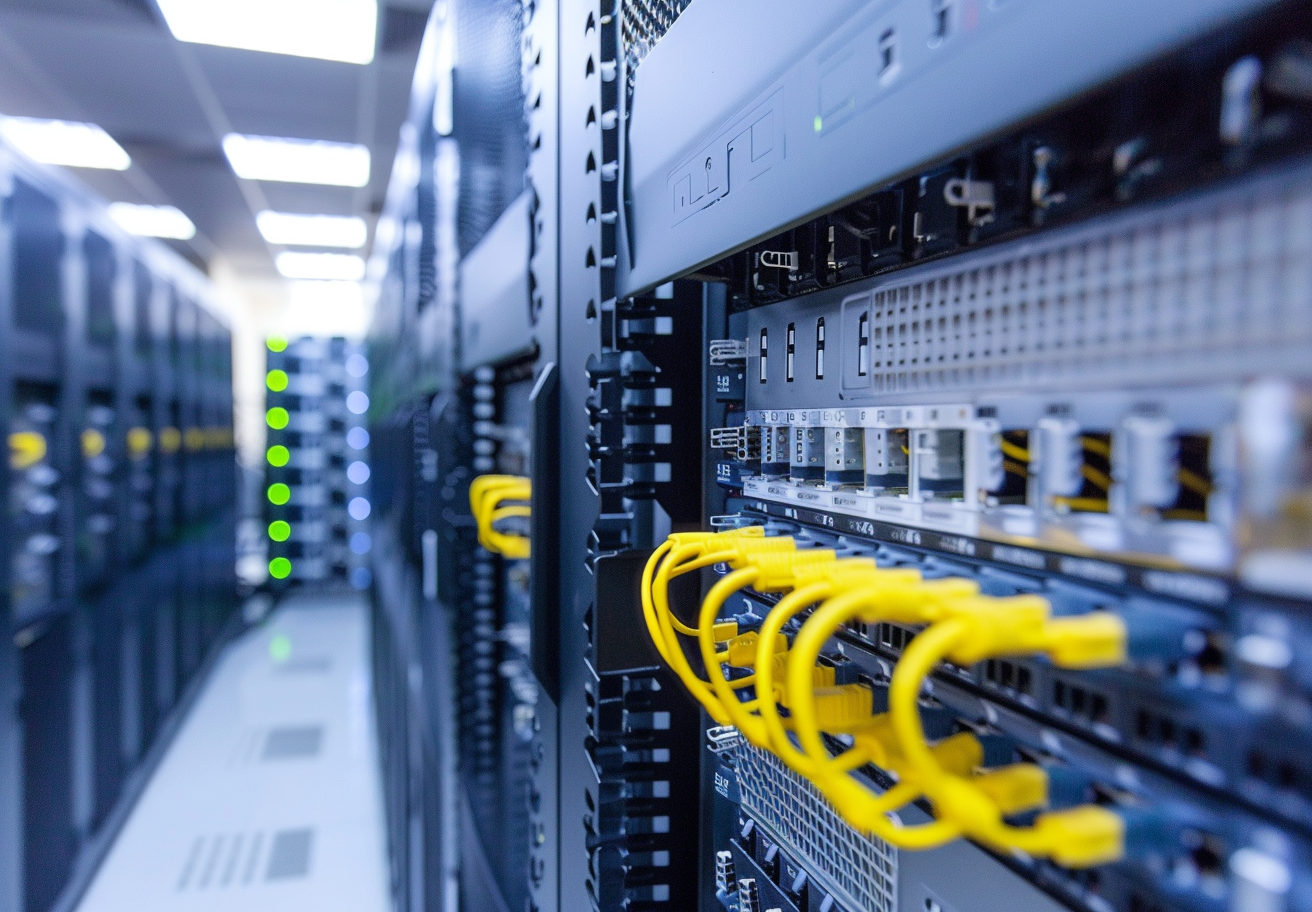
Data must travel far and fast these days. Optical hybrid cables aid this by featuring a low-loss optical fiber design. In everyday terms, they minimize signal drop-off. This low attenuation means that data reaches further distances without losing quality. For instance, in a large corporate campus, high-quality data transmission is critical for smooth operations.
Moreover, these cables support both multi-mode and single-mode fibers. This gives installers the flexibility to choose the right kind based on their project needs. Be it a high-capacity data center or a sprawling urban network, the cables adjust accordingly. Simple tests in varied settings have shown that these cables maintain steady data speeds even over longer distances.
4. Reliable Power Supply
Alongside data, these cables handle electrical power very well. They are designed with a high current carrying capacity. For network setups involving distributed base stations or large energy systems, this means that power flows steadily.
The dual-layer armor does more than just provide physical strength. It also protects against external electrical interference. This ensures that signals are not disturbed, and power delivery remains stable. In practical examples, such as in remote outposts where both power and data are crucial, the cable’s design minimizes any interruptions.
5. Ease of Installation
Installing a strong network system need not be a lengthy or overly complex task. Optical hybrid cables have a modular design that simplifies the whole process. Their design allows installers to work easily in various environments. For instance, whether laying a new underground cable network or upgrading an existing system, the light weight and flexibility of these cables help reduce labor time and costs.
The cable’s flexible nature means it can handle tight bends and hard-to-reach spots. Think of a busy facility where wiring must snake around obstacles: these cables bend easily while keeping their strength intact. This makes installation smoother and reduces the chance of errors during setup.
6. Environmental Adaptability and Durability
Outdoor and underwater projects face certain challenges. Moisture, corrosion, and ultraviolet radiation can degrade materials over time. Optical hybrid cables are made to withstand these conditions. They feature excellent moisture and corrosion resistance, which prolongs their life in settings like underground or underwater installations.
Additionally, these cables come with ultraviolet resilience and anti-aging properties. In plain language, they do not deteriorate quickly when exposed to sunlight or harsh weather. In real-life cases, such as laying cables along coastal areas or deserts, this durability means fewer replacements and repairs over time.
7. Energy Efficiency and Environmental Friendliness
As energy costs rise, the need for energy-efficient components becomes more significant. Optical hybrid cables use a design that keeps power consumption low. This reduces operating costs over time and aligns well with greener practices. For organizations mindful of their ecological impact, this is a clear advantage.
The materials used in these cables are environmentally friendly. They are chosen to lower the overall environmental footprint. For example, a network installation that uses such cables may operate with fewer emissions over its lifespan compared to older designs, contributing to a more sustainable operation overall.
8. Adaptability to Future Developments
The technology in telecommunications is always on the move. Today’s needs may grow as newer methods come along. Optical hybrid cables are built with future upgrades in mind. They are ready to support the demands of upcoming generations of mobile and internet networks.
One practical feature is their modular upgrade capability. As new technology emerges or network needs expand, these cables can be updated without a complete overhaul. It means that if there is an increased demand for data capacity or a shift in network layout, the cable system can be modified accordingly. This future-proof nature makes them a wise long-term investment.
Conclusion
High-performance optical hybrid cables combine strength, temperature resilience, excellent data handling, stable power supply, simple installation, and durable environmental resistance—all while remaining energy efficient and ready for future improvements. Each of these aspects has been developed with real-world conditions in mind. Engineers have focused on everyday needs: reliable performance, lower maintenance, and broad adaptability.
Over years of practical use, these cables have proven themselves in a variety of settings—from bustling urban centers to remote installations. They keep networks up and running despite physical stress, temperature extremes, electrical interference, and environmental challenges. For anyone setting up a modern communication infrastructure, these cables offer a sound and lasting solution.
For quality materials that can support your system well, look no further than Stanford Optics. Their supplies have helped many projects run smoothly and effectively over the years.

